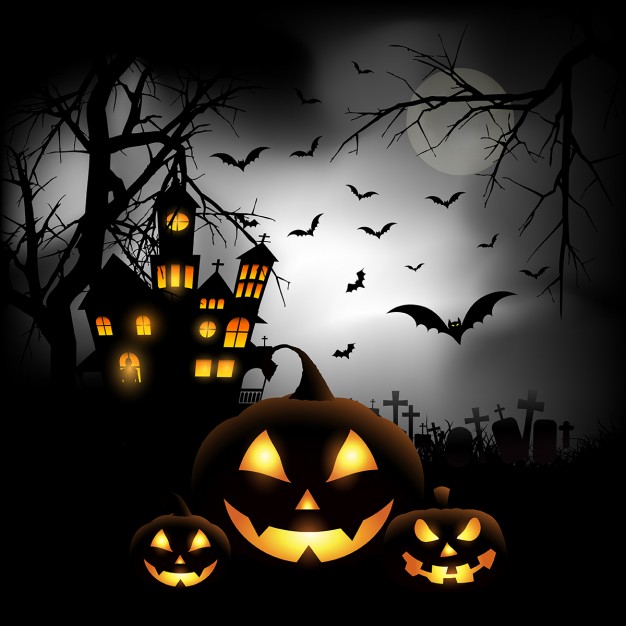 With Halloween approaching, it’s a good time to take a look at why, in an age which is defined by science and technology, so many folks are still fascinated by things like ghosts and zombies. Underneath the fun and games associated with this spooky holiday, there is deeper and even spiritual element which is emotionally and psychologically significant.
With Halloween approaching, it’s a good time to take a look at why, in an age which is defined by science and technology, so many folks are still fascinated by things like ghosts and zombies. Underneath the fun and games associated with this spooky holiday, there is deeper and even spiritual element which is emotionally and psychologically significant.
The word Halloween, as you may know, is a corruption of All Hallows Eve, the night before the Christian observance of All Hallows(saints) Day, which was a feast day to honor and remember the dead.
Our modern celebration has come to include both Christian and pagan elements which involve remembering the dead as well as marking the end of the long and warm days of summer and the coming of the dark and cold days of winter.
Through playful rituals such as “trick or treat”, dark symbols such as jack-o-lanterns, witches on broomsticks, ghosts and goblins are transformed from threatening to playful things. Dressing up like skeletons and zombies and having fun are ways that frightening realities are disarmed. Psychologically, Halloween play avoids and denies death’s seriousness and, in so doing, reduces the fear we have about dying and the anxiety we have about the very notion of death. The game is pretend . Harmless children are found behind the scary costumes and no actual harm occurs.
Although Halloween doesn’t revere the dead , it does expose some serous elements in our experience of death. Behind the mocking and children’s play lies human fear. The symbols of Halloween are not funny and reference the undeniable fact that death is a mystery which scares us to our core. Halloween, itself, is complex and expresses two painful aspects of human awareness: 1) The fear of death and 2) The reality that painful events from the past can continue to torment us in the present.
Through ghosts, vampires and zombies, Halloween symbolically dramatizes that the dead do not remain in the past but are very much present and continue to influence the living. Underneath Halloween’s frivolity lurks the disturbing reality that death and the dead are not only present but that their presence and influence can be terrifying. Ghosts, vampires and zombies are all metaphors which capture the painful awareness that the past often does not stay in the past and that the dead do not stay buried. Common horror stories wherein individuals are haunted and tormented by ghosts or folks are pursued by monsters which do not remain dead vividly portray the emotional terror which is created by intrusive and painful memories from the past.
Today , with our understanding of psychology and our knowledge of post traumatic disorders, we better understand how seemingly insignificant items or events can trigger trauma victims to experience terrifying flashbacks. Nonetheless, whether one speaks of unsettling experiences as a supernatural encounters with a ghost or reliving a horrifying moment in a flashback, the emotional impact is the same. Indeed, even though most of us no longer literally believe in ghosts, it is common to use the expression of being haunted by something in one’s past.
It is significant that, despite the progress of science, there are still some still some areas of life that remain mysterious. The fact that Halloween is still celebrated today indicates that modern society has not completely lost its concern for the transcendent/religious aspects of life. Besides its playfulness and pretend horror, Halloween can be a time for more serious reflection about the ultimate nature and destiny of one’s life. Likewise, Halloween’s message can be an affirmation that , ultimately , one need not hide from or deny the specter of death or the pain caused by loved ones lost. Rather than fearing or running away from death’s inevitability, one may embrace it and celebrate it as part of the greater mystery of life.
Rev. Michael Heath, LMHC , Fellow AAPC 10 17 2018
Image attribution: https://www.freepik.com/free-vector/spooky-halloween-background-with-pumpkins-in-a-cemetery_929682.htm



